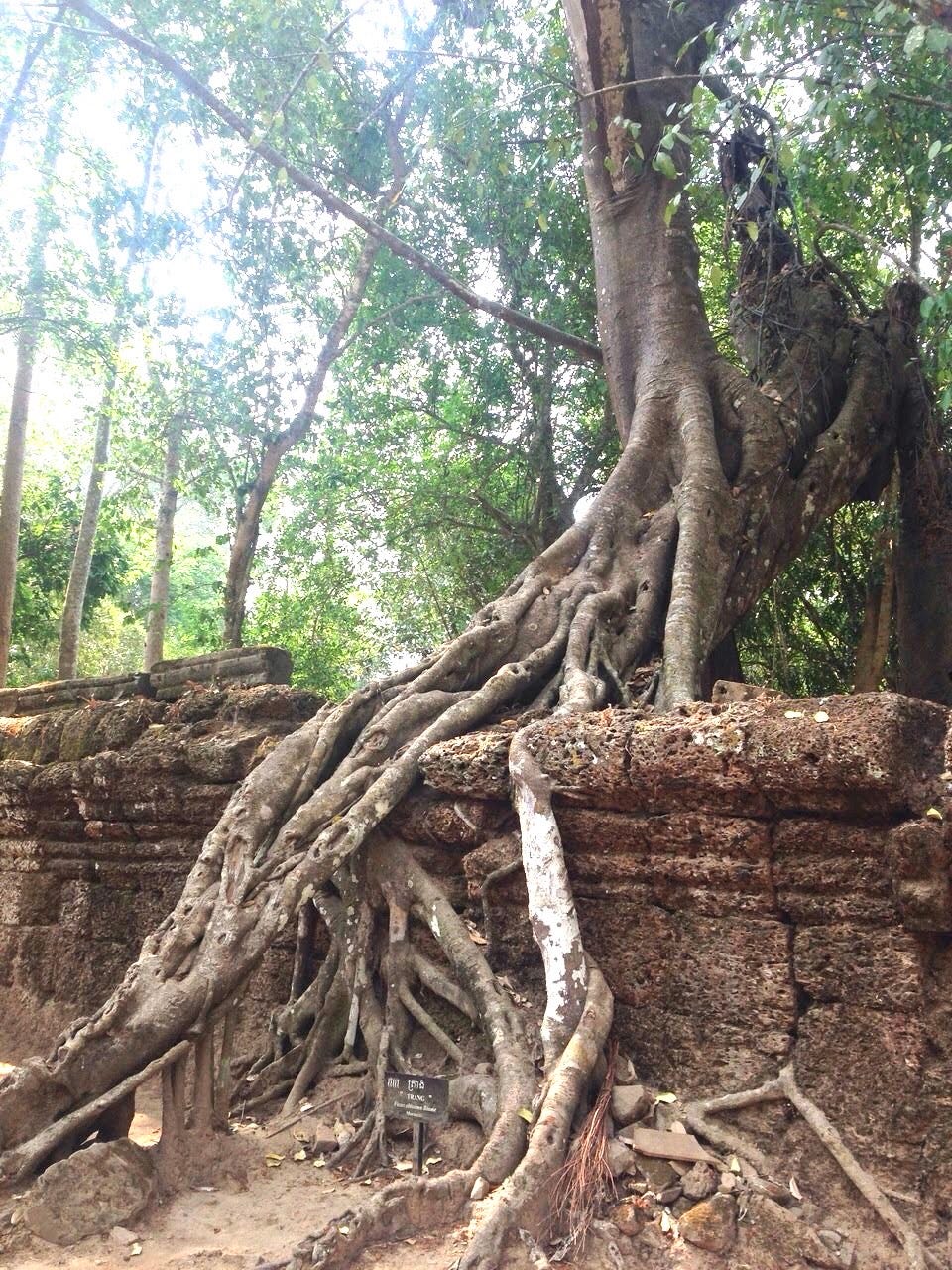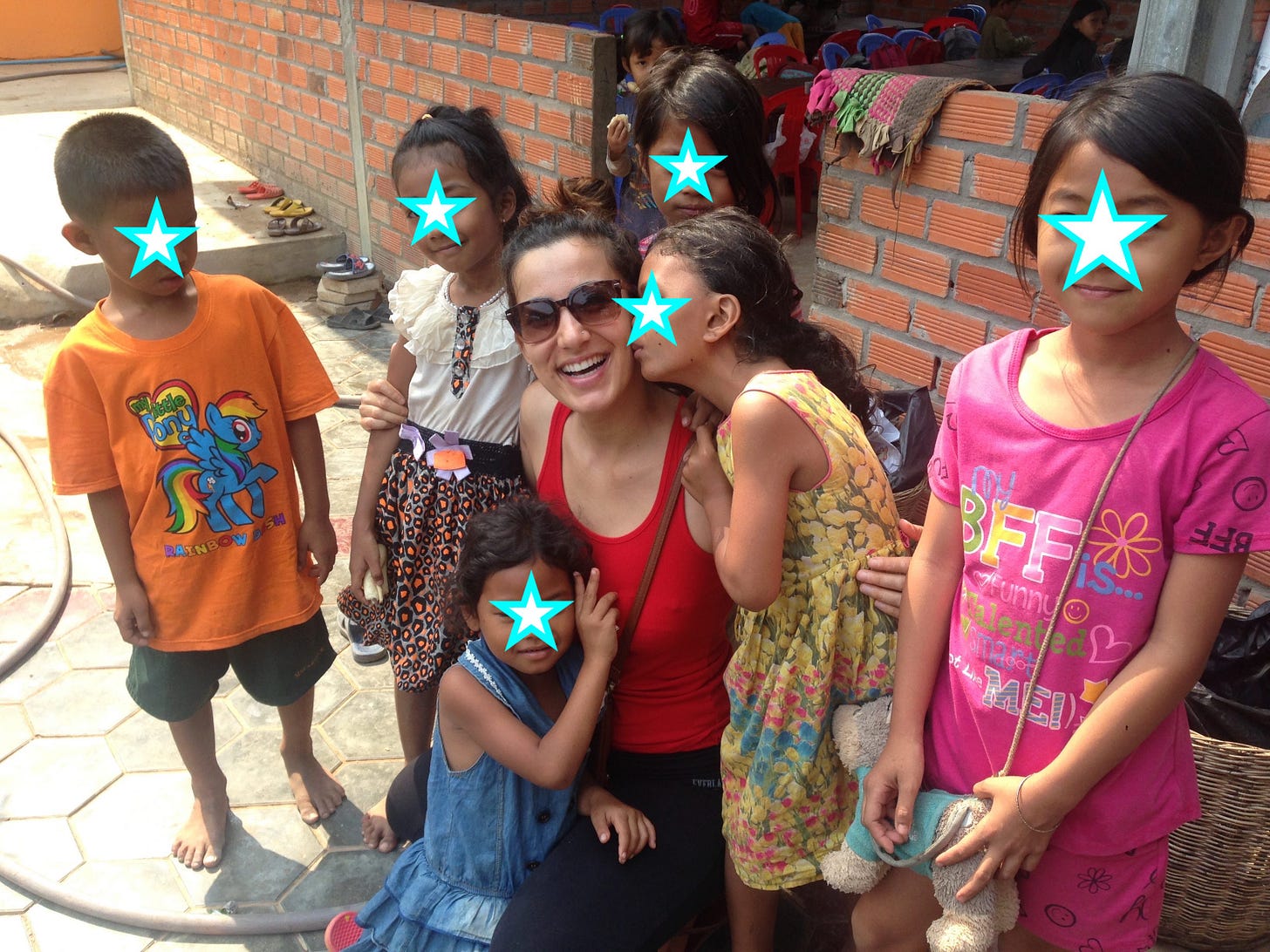How Teaching Abroad Shaped Me as an Educator
What Cambodia Taught Me About Teaching in the U.S. by Saliha Bazmjow
Teaching abroad was one of the best decisions I ever made. It gave me the rare privilege of combining two things I love—teaching and travel—while exposing me to different classrooms, cultures, and ways of thinking about education. I taught in South America, the Middle East, and Europe, all while paying off my student loans—something a lot of educators in the U.S. don’t realize is possible. While many of my peers were drowning in debt, I was earning, traveling, and pursuing my Master’s degree at the same time.
But beyond financial freedom, teaching abroad completely changed the way I teach. It gave me a deeper appreciation for the different ways education is approached around the world and exposed me to systemic challenges that exist in the U.S.—especially in Title 1 schools.
One of my most memorable experiences—nearly a decade ago now—was teaching in Cambodia. At the time, I was on break from my teaching contract in the Middle East, and somewhat spontaneously, I decided to volunteer at a Cambodian school. I reached out to a nonprofit running a local program, and before I knew it, I was in a packed, open-air classroom teaching over 40 students, ranging from kindergarten to second grade.
For many of these students, school wasn’t just a place to learn—it was a lifeline. Some walked or biked from the most impoverished areas, not just for an education but for the free meals provided. They had almost no resources, yet they were some of the most eager, joyful learners I’ve ever met.
Cambodia itself was a place of sharp contrasts. Just beyond the tourist-packed temples of Angkor Wat were entire communities struggling with deep poverty, shaped by a history of war and genocide. And yet, amidst all of it, there was resilience—a determination to push forward. After teaching each day, I’d hop into a tuk-tuk and explore the ancient ruins, experiencing the weight of history alongside the beauty of human perseverance.
That experience—like so many others I had while teaching abroad—changed the way I teach today. Now, as an educator in the U.S., I recognize just how deeply trauma, poverty, and literacy are connected. Teaching in Cambodia prepared me in ways I never expected to work in Title 1 schools and trauma-informed environments here at home.
Why Literacy is a Lifeline
Literacy isn’t just about reading and writing—it’s about access, opportunity, and breaking cycles of poverty. For students in low-income communities, literacy is the difference between navigating the world with confidence or being shut out of it entirely.
Here’s how literacy directly impacts poverty:
Economic Mobility – Strong literacy skills lead to better jobs and financial stability. Low literacy keeps people trapped in low-paying work.
Access to Resources – People with limited literacy struggle to complete job applications, understand legal documents, or manage their healthcare—making daily life harder.
Education for the Next Generation – Parents with low literacy often struggle to support their children’s learning, making it harder to break the cycle of poverty.
Health Literacy – Understanding medical information directly impacts well-being. Limited literacy can lead to poorer health outcomes.
Civic Engagement – Literacy empowers people to understand their rights, vote, and advocate for their communities.
Psychological and Social Impact – Struggling with literacy can lead to shame, low self-esteem, and isolation, making it even harder to seek help or advance in life.
This is why literacy interventions can’t just be about academics—they have to be trauma-informed, culturally relevant, and supported by strong community systems.
What Cambodia Taught Me About Teaching in the U.S.
Cambodia’s literacy rate today is about 83.9% for individuals aged 15 and older, but there are still major gaps between urban and rural areas:
Male literacy rate: ~88.5%
Female literacy rate: ~79.2%
The country has made huge strides in education, but there are still challenges—limited access to quality schools, a lack of infrastructure, and the long-term impact of the Khmer Rouge regime, which targeted intellectuals and educators.
But what stuck with me the most? Despite having fewer resources, there was an immense value placed on education.Students walked miles to get to school, teachers made do with what little they had, and families prioritized learning despite financial struggles.
This is something I think about all the time as a teacher in the U.S. The challenges may look different, but the urgency of literacy remains the same. I see many of my students in Title 1 schools facing food insecurity, trauma, and unstable home environments—just like the students I worked with in Cambodia. The key difference? Here, we have more resources, more funding, more trained specialists—yet we still struggle to reach every student.
So, what’s the takeaway?
We need to rethink how we use the resources we already have. Standardized tests aren’t going to fix literacy gaps. We need systems that support literacy in ways that actually meet students where they are.
Trauma-informed teaching isn’t optional. Many of our students aren’t just struggling with literacy—they’re struggling with everything that comes with poverty, instability, and stress. Understanding this changes the way we teach.
Literacy is power. It’s not just an academic skill—it’s survival. It’s self-advocacy. It’s the ability to change the course of a student’s life.
Teaching abroad changed me, but teaching back home gave me perspective. No matter where in the world we are, literacy is one of the most powerful determinants of a student’s future. And as educators, we have the responsibility—and the privilege—to make sure every child gets that opportunity.




Thanks for sharing this reflective and thought provoking article. It's so true that when we do something really different we always learn and come back home with a new perspective. Interesting that we have similar issues here even though we have the needed resources. It's a reminder that it takes teamwork an entire community to get high levels of literacy. It's not just school or teacher resources but community resources. A teacher can't do that on her own.